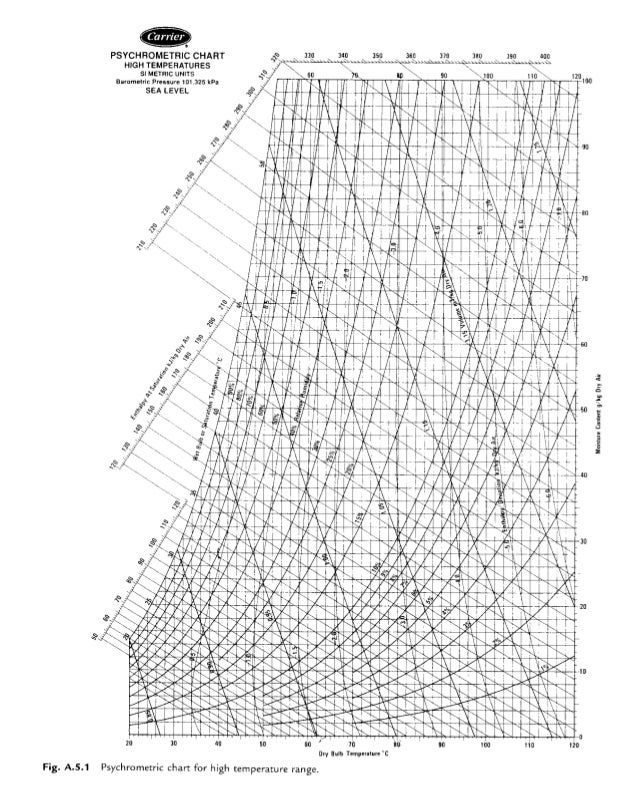
35 40 45 50 0,36 55 Carrier PSYCHROMETRIC CHART NORMAL. Use chart to analyze processes involving moist air. Determine moist air properties. Identify parts of the chart.
Gatley, 18 Carrier is considered the inventor of modern air conditioning, although like any landmark psgchrometric, he had some help from previous research.Having previously taught psychrometrics to architects, I always found it challenging to convincingly explain why the psychrometric chart used humidity ratio or absolute humidity in the vertical axis instead of the more familiar metric of relative humidity, and why it was so important to understand the various metric lines. There is no easy answer.Here is a modern version of the psychrometric chart: One of the most important tools within psychrometrics is the psychrometric chart, invented by Willis H. Proficiency in the use of the psychrometric chart is an important tool for designers of.
When a major new macOS is released, it gets a new name. 35 40 45 50 0,36 55 Carrier PSYCHROMETRIC CHART NORMAL. Use chart to analyze processes involving moist air. Determine moist air properties. Identify parts of the chart. The hope was that by simply animating back and forth between the two chart types, most of that explanation would become pretty obvious as you get to see clearly almost all of the psychrometric processes change from straight lines under the absolute humidity axis to complex curvilinear lines under relative humidity.PSYCHROMETRIC CHART.

Previously, selecting this overlay would lock the date range to a single day. The displayed points then show the averageHourly values over the currently selected period.Updated the Show Daily Outline overlay so that it shows hourly data points averaged over the current datePeriod. WhenOff, the data values shown in the top-left of the chart are also hidden. This is the smallCursor that you can interactively drag around the chart to show the psychrometric conditions at that point. Adjusting the padding around the chart.Added a checkbox in the PROCESS LINES panel to toggle the position indicator on and off.

As the saturation line is defined by temperature and humidity ratio, you could in theorySkew or splay either axis in any way you want. Weather data is relatively easy to deal with asThe units of each data field are known, but this isn’t always the case when importing EnergyPlus/CSV files, soI still have to generate a bunch of test output in EnergyPlus and check that.Having gone back through everything with a fine tooth comb, I have a couple of potentially interesting (orPotentially embarrassing) questions that you or someone else may be able to answer.Why are temperature lines in some charts not vertical?In a lot of the psychrometric charts I have looked at, the lines of dry-bulb temperature don’t always runVertically up the chart, but rather lean to the left slightly, having more of a lean at lower temperaturesAnd less at higher. The reason it takes so long is that there is aHeap of work to do with both the comfort and data overlays. However, I decided to use theirLibrary in my unit tests so it’s great to have such a solid reference to validate against.Thus, I think I’m mostly done on the actual psychrometrics.
...
Just a quick searchFor pressure already brings up lbf/ft², psi, ozf/in², iwc, inHg and ftHg as options. To get things like the bioclimatic regions to look right, you have to snap theOverlay to the current temperature/humidity grid, so I’ll have to do some experimentation first.I’ll also need to do a bit more research to make sure I choose all the right IP units. I obviously have to get out more and meet new people.I did build in most of the infrastructure for different units, but it can get quite complex when importingData and showing overlays.


 0 kommentar(er)
0 kommentar(er)
